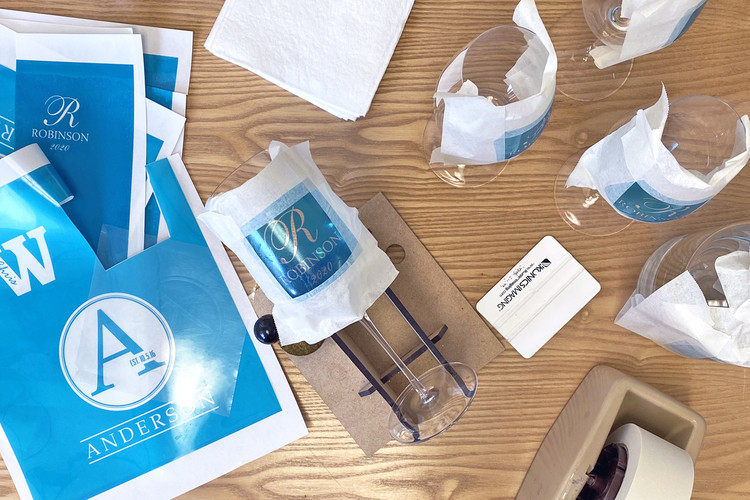6th Apr 2021
Capabilities of Sandcarving
LOOKING FOR IDEAS TO GROW YOUR BUSINESS? The capabilities of sandcarving offer a logical extension of your current business. Sandcarving offers entrance into numerous markets including gifts, collectibles, memorial items, promotional products, and signage. From extremely fine detail to personalized characterization, to multi-level deep carving, the possibilities with sandcarving are virtually limitless.
The definition of carve is to cut in order to produce an aesthetically pleasing object or design. Some may say it all began thousands of years ago with petroglyphs otherwise known as rock engravings. These are pictogram and logogram images created by removing part of a rock surface by incising, picking, carving, and abrading. Today, the easiest way to carve is commonly referred to as sandcarving, and photoresist film makes it even easier.
WHAT IS PHOTORESIST FILM? Photoresist film is a material used in an exposure and development process to transfer tremendous detail for decorative sandcarving applications.
BENEFITS OF PHOTORESIST FILM OVER OTHER METHODS Photoresist films are the leading technology in the sandcarving industry. They provide multiple benefits over alternate methods such as plotter-cut vinyl, chemical etching, and laser engraving. The three primary benefits of photoresist film are its retention of fine details, ease of use, and the variety of substrates to which they can be used.
WHAT PURPOSE DO DIFFERENT THICKNESSES OF FILMS SERVE? The films vary in development process, thickness, and adhesion depending on the need of the project. Each of these variables allow users to compete in diverse markets. Photoresist film comes in a range of thicknesses from 2 mil up to 10 mil.
DRY PROCESS VERSUS WET PROCESS The process to develop photoresist films is simple and contains just one or two steps. Over 30 years ago, photoresist sandcarving started using water to develop exposed films. Similar to screen printing, the wet process utilizes a photopositive for the art tool. The photopositive is transferred to the resist via UV exposure and water development. During the water development (also known as the washout stage) the film is sprayed with warm pressurized water until the stencil is revealed. After washout, the photoresist is dried and then applied to the substrate and the piece is ready to blast.
A VERSATILE PRODUCT In conclusion, from the finest of details etched in glass, to deep carvings into stone monuments, photosensitive films are versatile, easy-to-use materials that can create high-end designs in all types of markets and substrates.
Don't hesitate to reach out to IKONICS Imaging with any questions.
